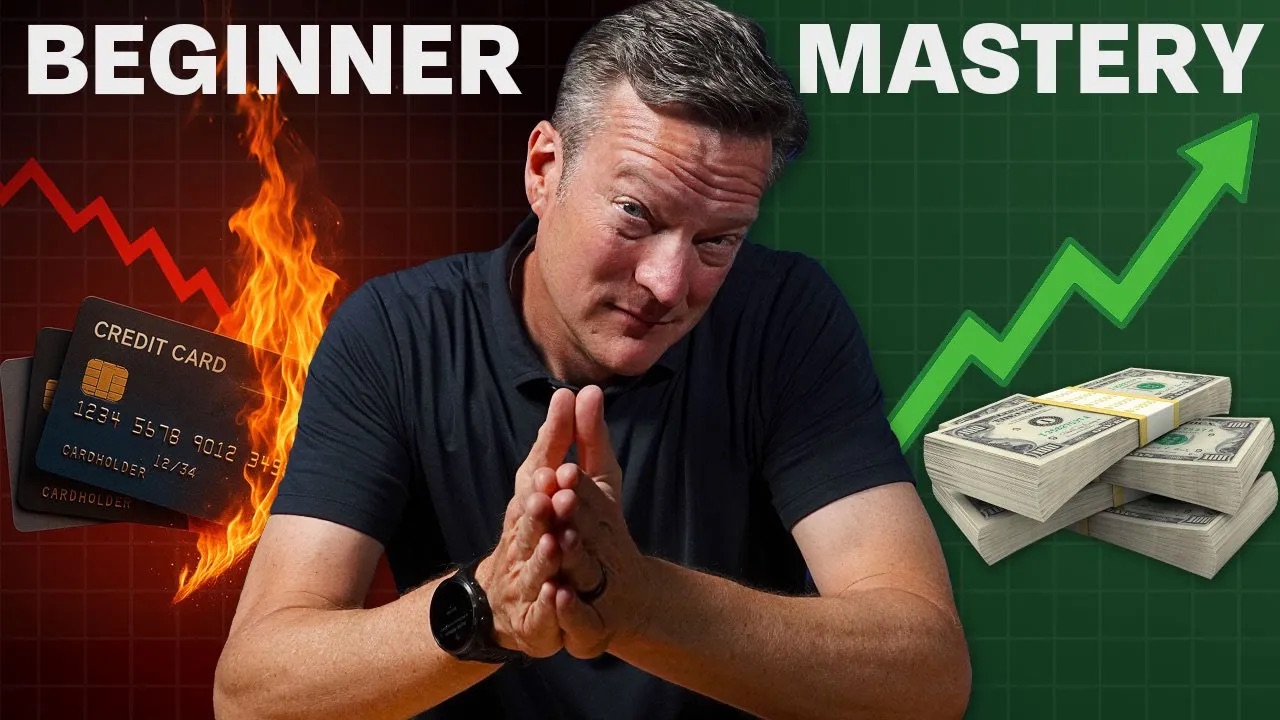Alright, a question from Evan is up next. You all have addressed the difference between steps six and seven of the Financial Order of Operations many times, but what’s the difference between steps seven and eight? How do I know when enough hyper-accumulation is enough, and can you give an overview of what steps seven and eight are for people who… I’ll give the overview of the steps. Why don’t you talk about how you know when enough is enough?
So, when he’s talking about this, he’s referring to the financial order of operations. For those of you not familiar with this, it’s an idea we came up with – a nine-step tried-and-true process of what to do with your next dollar. You can get your free copy of the Financial Order of Operations at moneyguy.com/resources to see the nine steps. You can even do a deep dive at learn.moneyguy.com.
By the time you get to step six, it’s about maxing out your employer-sponsored retirement plan, such as 403bs, 457s, and 401ks. Once you’ve done that, you move on to step seven. Step seven is hyper-accumulation, where you aim to reach your 25% savings goal. This is where the third bucket of our three-bucket strategy comes in – tax-free dollars (early steps), tax-deferred dollars (step six), and after-tax dollars or currently available dollars (step seven).
But once you’re at that 25%, you begin to experience some freedom right now. Because once you’ve hit 25%, you move on to steps eight and nine, which are a bit more personal preference than prescription. What I like to share with people is that steps 1 through 6 are about preparing for emergencies. Even when you get into saving and investing in steps 5 and 6, it’s driven by the tax code to maximize every dollar saved.
Step seven is more about thinking about how you’re going to use this money in the future. Are you going to retire early, or at 65? You can look at the three buckets Bo talked about – after-tax, tax-free, and tax-deferred. After doing the homework of thinking about how your accounts should be structured for when you actually need them, you can graduate to step eight – prepaid expenses or what I affectionately call abundance goals.
This is when you think about your kids’ college, rental real estate, or upgrading your lifestyle. Step eight is about feeling confident in spending the money on those things because you’ve already done the work of steps 1 through 7. Steps 1 through 6 not only took advantage of tax savings but also got you to step seven where you’re in a good place knowing how to pull this money out.
The thought process not only gives you the architecture of knowing what to do with your next dollar but also trains you on the mental aspects you need to accomplish. If you’re looking to figure out when to retire and if you’re saving enough, there’s a “Know Your Number” course at learn.moneyguy.com. You can input variables and levers to understand how changes impact your decision-making and future plans.
We have a few exciting things coming down the pipe, including a book coming out next year. Once you’re at the step seven-eight decision, especially step seven, you’re trying to figure out your retirement goals. We have a Know Your Number course, where you can input variables to understand the impact on your decision-making and future plans.
We try to make this information affordable and approachable because we see it as an acceleration of your success. The abundance cycle is legit – you can absorb everything for free, but we’re here to help turbocharge your success through Millionaire Mission and courses. The sooner we can help you graduate to seven figures and beyond, the sooner you’ll become a client of the firm. It’s a full-circle benefit for every one of you to be financially successful and be the best version of yourself.













